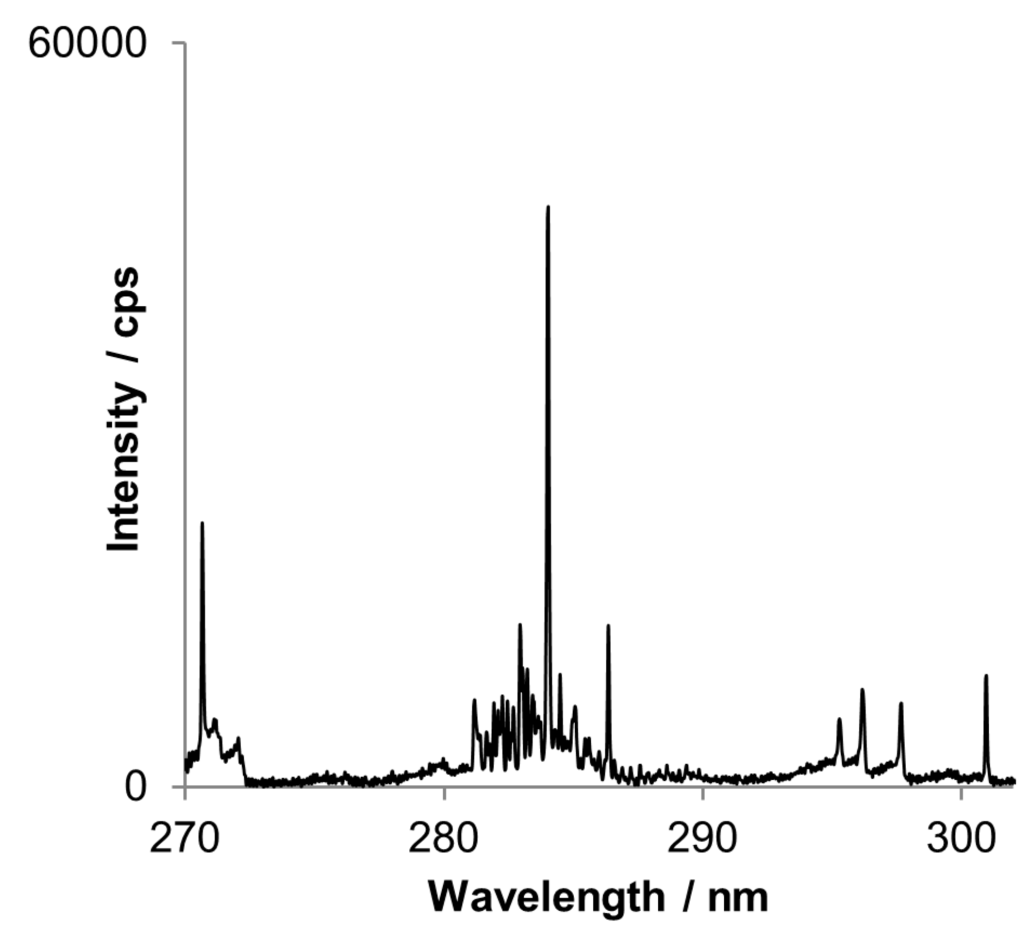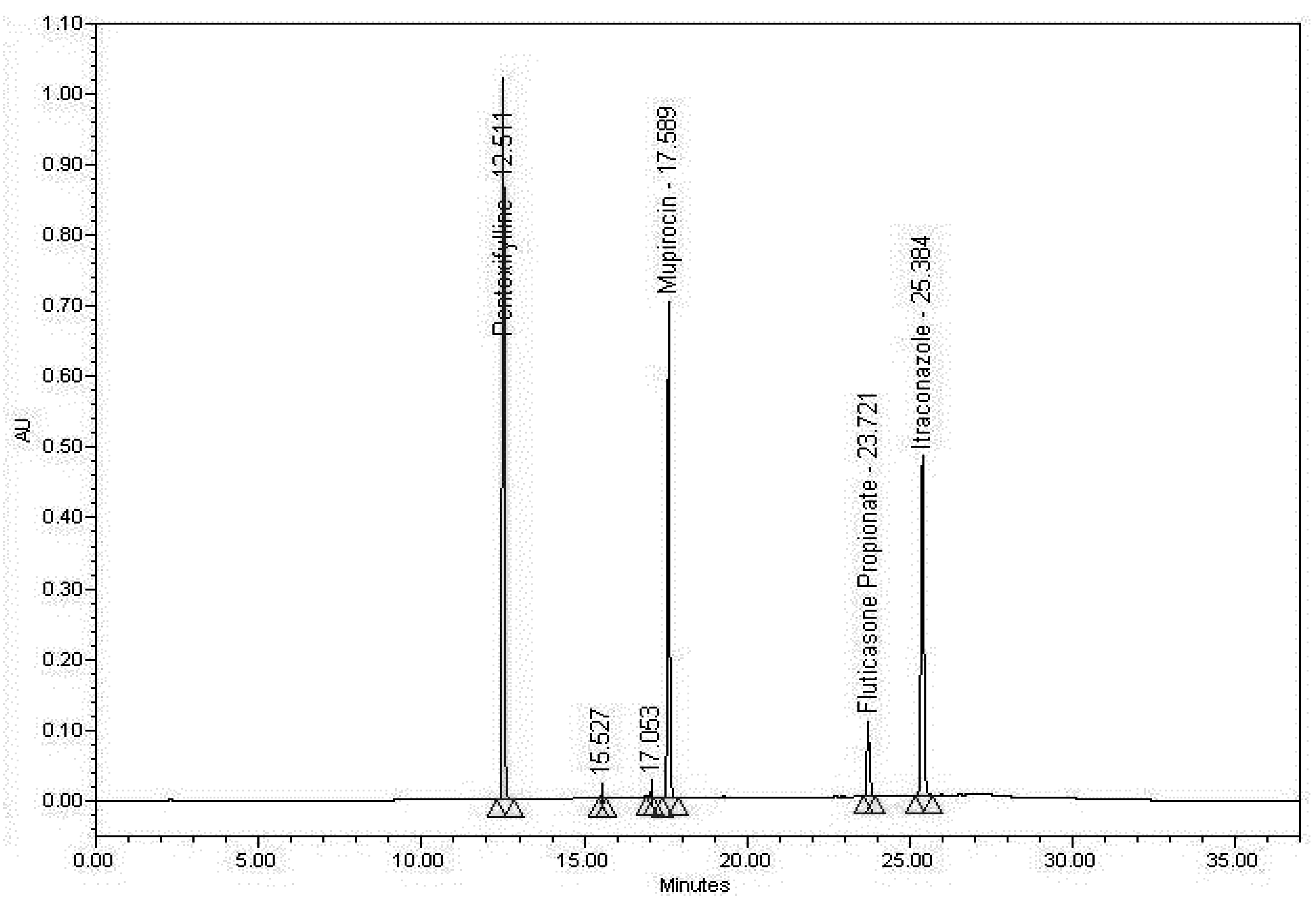

A small piece of symptomatic tissue was placed on a glass slide and a few drops of sample buffer, composed of 0.1 M Na 2H/KH 2PO 4 buffer (pH 7.0), 2% ( w/v) polyvinyl pyrrolidone (PVP, MW 11.000) and 0.2% ( w/v) Na 2SO 3, were added. Partially purified virus preparations and plant sap from symptomatic leaves were used for dip assays (dip method). Virus Source, Experimental Host Range and Graft Transmission These methods will be of practical use for the diagnosis, identification and control of HdVBV in hydrangea and for epidemiological studies. In the case of HdVBV, the identity of the virus was confirmed by RT-PCR with primers derived from assembled genome sequences and by Western blot analysis with antibodies produced against a recombinant viral CP however, we ignored the possibility of cross-reactivity with the coat protein of CVV, which had the highest percentage of shared amino acid identity in the CPs among subgroup 2 ilarviruses.

To avoid misdiagnosis based only on the presence of ring spot symptoms, and thus to investigate the real cause of hydrangea ring spot disease, it is necessary to use highly specific diagnostic systems for each of the putative ring spot disease-inducing microorganisms. Moreover, some bacterial and fungal infections can mimic the symptoms of ring spot virus on hydrangea. These symptoms are very similar to those induced by distinct viruses that infect hydrangea, such as hydrangea ring spot virus (HRSV, genus Potexvirus, family Alphaflexiviridae), tomato ringspot virus (ToRSV, genus Nepovirus, family Secoviridae), tobacco ring spot virus (TRSV, genus Nepovirus, family Secoviridae), cherry leaf roll virus (CLRV, genus Nepovirus, family Secoviridae), tomato spotted wilt virus (TSWV, family Tospoviridae) and hydrangea chlorotic mottle virus (HdCMV, genus Carlavirus, family Betaflexiviridae). amaranticolor plants.Īs shown in Figure 1, HdVBV is able to induce ring spot symptoms in older leaves. No further symptoms were recorded in the other inoculated plants within 60 dpi, and no symptoms were induced in back-inoculated C. benthamiana ( Figure 2F) and light yellowing in N. glutinosa ( Figure 2E) mosaic, yellowing and leaf area reduction and distortions in N. On the inoculated leaves of all Nicotiana spp., chlorotic local lesions of 1–2 mm in diameter appeared at 7 dpi ( Figure 2B,C), followed by different systemic symptoms, including vein clearing in N. On the inoculated leaves of Chenopodium amaranticolor, symptoms included pinpoint chlorotic local lesions ( Figure 2A) that appeared 5 days post-inoculation (dpi) without systemic symptoms. In the host range bioassays, five out of the nine tested plant species/varieties were susceptible to the new ilarvirus discovered in hydrangea, as evidenced by the results obtained via degenerate PCR to detect ten distinct virus taxa (see Section 4.4). During the summer, the symptoms appeared to be attenuated and the new leaves were symptomless. The affected leaves were mostly deformed, smaller and had altered symmetry. In addition, some white spots around 1–2 mm in diameter were observed on the red sepals of this variety.

In the springtime, we observed light chlorotic vein banding on the youngest leaves ( Figure 1A) that became more evident later in the season, at which point ringspots that remained confined within the chlorotic areas also developed ( Figure 1B). The symptoms observed on infected hydrangea plants varied slightly depending on the time of observation. Overall, the biological features, phylogenetic relationships and serological data suggest that this virus is a new member of the genus, for which we propose the name hydrangea vein banding virus (HdVBV). Homologous antiserum was effective in the detection of the virus in plant extracts and no cross reactions with two other distinct members of subgroup 2 were observed. The phylogenetic analysis of the predicted proteins-p1, p2a, p3a and p3b-revealed its close relationship to recognized members of subgroup 2 within the genus Ilarvirus. The genome of the new virus was characterized and consisted of three RNA sequences that were 3422 (RNA 1), 2905 (RNA 2) and 2299 (RNA 3) nucleotides long, with five predicted open reading frames RNA2 was bicistronic and contained conserved domains and motifs typical of ilarviruses.

The virus was mechanically transmitted to herbaceous hosts, in which it induced local and systemic or only local symptoms. In this study, a new virus was identified in French hydrangea plants, exhibiting chlorotic vein banding and necrotic ring spots on older leaves.


 0 kommentar(er)
0 kommentar(er)
